The Atlantic Daily, a newsletter that guides you through the biggest stories of the day, helps you discover new ideas, and recommends the best in culture. Sign up for it here.
This is an edition of The Atlantic Daily, a newsletter that guides you through the biggest stories of the day, helps you discover new ideas, and recommends the best in culture. Sign up for it here.
One week after Donald Trump’s federal takeover of Washington, D.C., the militarization of the city is escalating.
Trump now says that he expects Congress to allow him to maintain control of D.C. police after a legally mandated 30-day limit. Members of the National Guards of Mississippi, Ohio, South Carolina, and West Virginia will soon be joining the D.C. National Guard in the streets. Humvees posted at places such as Union Station make the capital look more like the Green Zone in Baghdad than the place you get off the Amtrak. Federal agents appear to have torn down a political sign in a liberal neighborhood and refused to identify themselves or their agencies in confrontations. Although the Army initially said that the Guard would neither carry weapons nor make arrests, a Guard spokesperson told NPR yesterday, “Guard members may be armed consistent with their mission and training.”
What exactly is their mission and training, though? National Guard troops prepare for civil unrest, which is why they’re frequently called up when major protests break out. But D.C. isn’t seeing big demonstrations—certainly not before Trump’s takeover, and not really since, either, despite some smaller protests by residents.
As for the mission, that’s even more obscure. Last Monday, Trump said that the plan was to “liberate” D.C. from crime. Depending on who you believe, the takeover was triggered by the president’s desire to change the subject away from Jeffrey Epstein, a reflexive reaction to a Fox News segment about D.C., or anger about an attempted carjacking involving a former DOGE staffer. But Trump cited no acute emergency, and he hasn’t explained what the goal is. With no stated objective, there can be no end point. (It can’t be that crime ceases to exist, an impossible goal.) That raises the scary prospect that it could just go on forever—or slide into martial law around the country.
The past week has seen a lively meta-debate about crime data, in which some people point out that crime is down sharply from two years ago and even more drastically from 30 years ago, while others emphasize that D.C. still sees more murders than some other big cities. (None of this is necessarily in conflict.) Still others question—sometimes in good faith, sometimes in bad—how accurate the available statistics are.
But this is all a little beside the point. Nothing about these deployments suggests that they will durably solve any of the real problems. The Guard isn’t trained for routine police work. The head of the Drug Enforcement Administration whom Trump tried to install atop the Metropolitan Police Department has no experience in municipal policing. The Washington Post’s mapping shows that federal officers are mostly not in the district’s highest-crime neighborhoods. Immigration arrests are, however, up sharply.
D.C. residents are hardly unfamiliar or uncomfortable with men and women in uniform. Civilians ride the Metro with service members, work with them in federal offices, or serve them in restaurants. Several military facilities are located in the city, and the Pentagon is just over the Potomac in Virginia. Yet many people are rattled and upset by the takeover. To choose one rough metric, restaurant reservations are down significantly. If the idea was to make residents feel safe, it isn’t working. If the idea was to intimidate them, however, it might be.
Legally, Trump has control over the D.C. National Guard, and he also has the power to temporarily take over D.C. policing in a declared emergency (even if he hasn’t actually identified any such circumstance). The addition of Guard troops from elsewhere is curious because, as the journalist Philip Bump reports, they come from states with cities more dangerous than D.C. Jackson, Mississippi, has the highest murder rate in the nation, compared with cities of the same size or larger. But the troops also come from states with Republican governors, making them into a force whose leaders are presumably more politically loyal to the president. The Associated Press delicately noted, “It’s unclear why additional troops are needed.”
The unique status of the District of Columbia gives Trump more power to put soldiers in the streets. The bounds of the law have still held so far. When the Justice Department tried to install an emergency police commissioner, supplanting the current police chief, the city sued, and the administration backed down. But Trump and some of his allies are eager to move into other states where their authority is not so clear.
“President Trump doesn’t have a limitation on his authority to make this country safe again,” border czar Tom Homan said last week. “There’s no limitation on that.” That’s patently false, but it appears to be the animating force of administration actions. The Constitution and U.S. laws establish no such thing as martial law, and a president’s power to use federal troops inside the country is circumscribed. Trump did not outline what authority he might claim for similar actions elsewhere, but in his announcement last week, he said he’d look at taking over New York and Chicago next. “I think that this is an experiment that’s probably needed in a lot of the Democrat-run cities in America,” Representative James Comer, a Kentuckian close to the White House, said recently. Trump and his allies have long been focused on Philadelphia, Baltimore, and St. Louis as well.
Nearly every major city is run by a Democrat, which makes them ripe targets for politicking and also for retribution. A group of Border Patrol agents showed up last week at a political rally in Los Angeles held by Governor Gavin Newsom, a Democrat and outspoken Trump critic, in what many of those present took as attempted intimidation. (“Our law enforcement operations are about enforcing the law—not about Gavin Newsom,” a Department of Homeland Security official said in a social-media post.)
What’s happening doesn’t look like a carefully regimented and organized attempt at standing up a military dictatorship. Trump seldom acts with that sort of discipline. Instead, it looks like an improvisational and opportunistic grab of power—Trump seeing what he can get away with and what he can normalize. With no stated goal, and with an acquiescent Congress and Supreme Court, the country could end up with the U.S. military occupying its major cities before most Americans realize what’s happening.
Related:
Here are three new stories from The Atlantic:
Today’s News
President Donald Trump met with Ukrainian President Volodymyr Zelensky and other European leaders at the White House, pushing a peace proposal that could involve territorial concessions to Russia. Zelensky, backed by European leaders, rejected the idea and instead pressed for firm U.S. security guarantees and a full prisoner exchange.
Trump announced plans to issue an executive order banning mail-in ballots and voting machines ahead of the 2026 midterms.
Hurricane Erin has strengthened to a Category 4 storm and is expected to cause dangerous surf and rip currents along America’s East Coast, according to the National Hurricane Center.
Dispatches
The Wonder Reader: Parents’ first instinct can be to give kids a solution and to get involved, Isabel Fattal writes. But that mindset can be exhausting for adults and damaging for kids.
Explore all of our newsletters here.
Evening Read
Why Is Everything Spicy Now?
By Ellen Cushing
The Carolina Reaper is so hot, it makes jalapeños taste like milk. It’s so hot, it causes people to hallucinate, vomit, pass out, wish they’d never been born. It’s so hot that the guy who invented it—in 2012, by crossbreeding habaneros and Naga Viper peppers, each of which were once thought to be the hottest in the world—has said it tastes like eating “molten lava.” Original-recipe Tabasco sauce is up to 5,000 Scoville heat units; habaneros are up to 350,000. The Reaper has been known to reach 2.2 million.
To be clear, I have never tried it—none of the above sounds that fun to me. But you are welcome to. You can have it dusted onto cheese curls sold at your local grocery store, or on a slider at one of the more than 300 Dave’s Hot Chicken locations nationwide, so long as you sign a waiver. I can’t get over this: 15 years ago, our species could not imagine a pepper as hot as the Reaper, and now we can eat it with a lemonade and fries for lunch before heading back to the office.
America is setting its mouth on fire.
More From The Atlantic
Culture Break
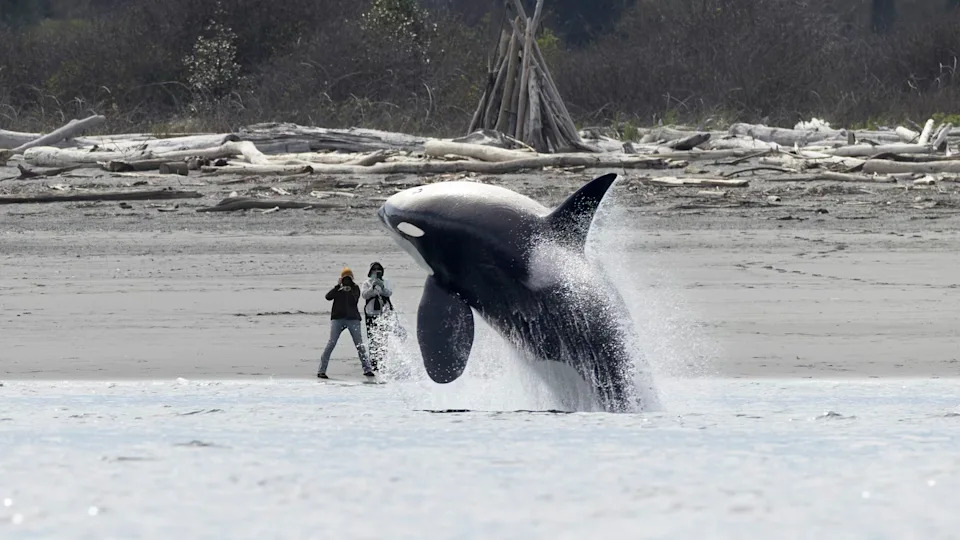
Take a look. A male orca breaching near the beach, thousands of skeleton shrimps, an underwater aurora: These are some of the finalists in this year’s Ocean Photographer of the Year competition.
Examine. Francis Ford Coppola is trying to build a fan base for Megalopolis. It’s awkward—and a misunderstanding of how fandom works, Shirley Li writes.
Rafaela Jinich contributed to this newsletter.
When you buy a book using a link in this newsletter, we receive a commission. Thank you for supporting The Atlantic.
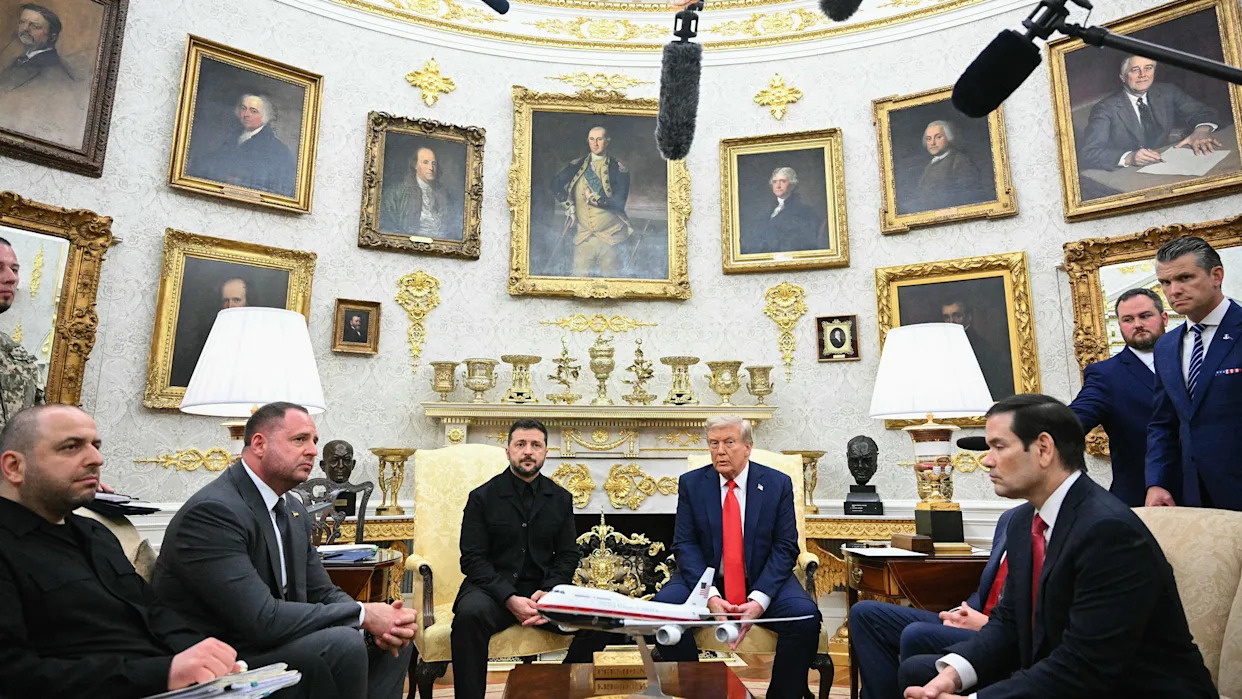
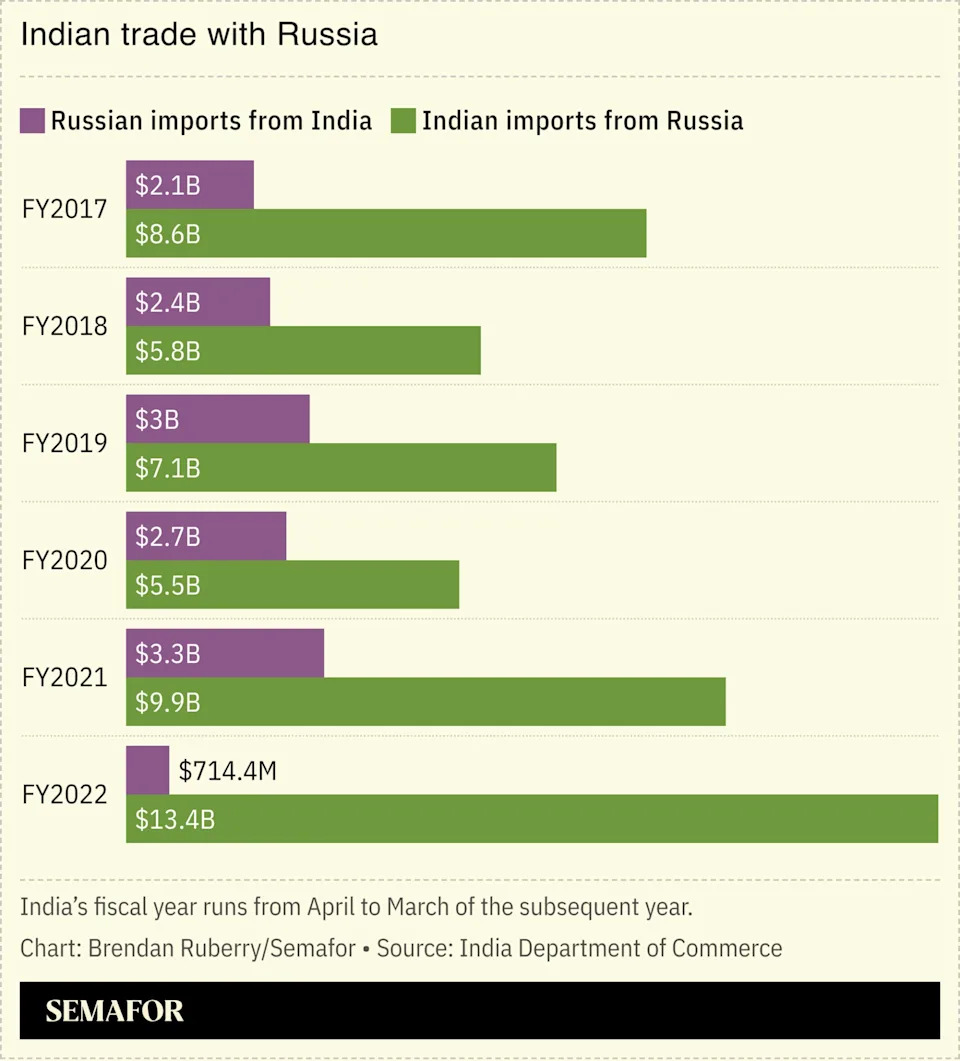


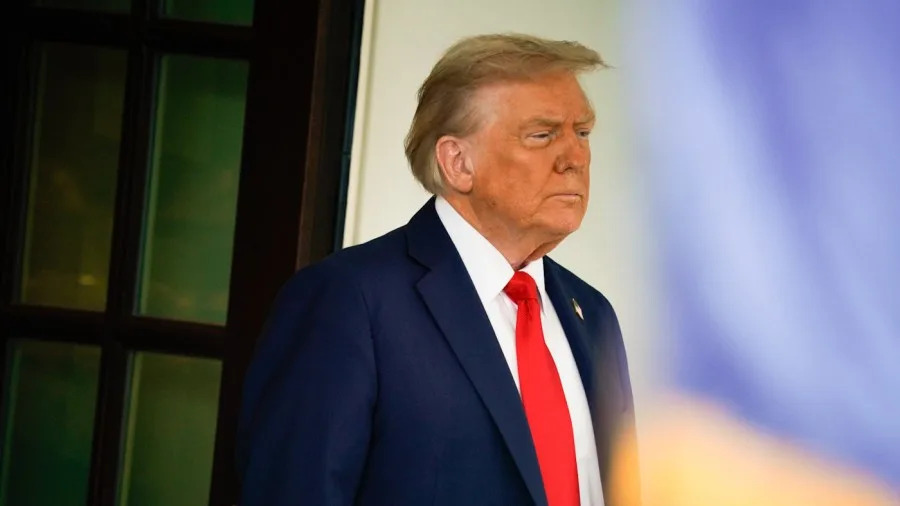

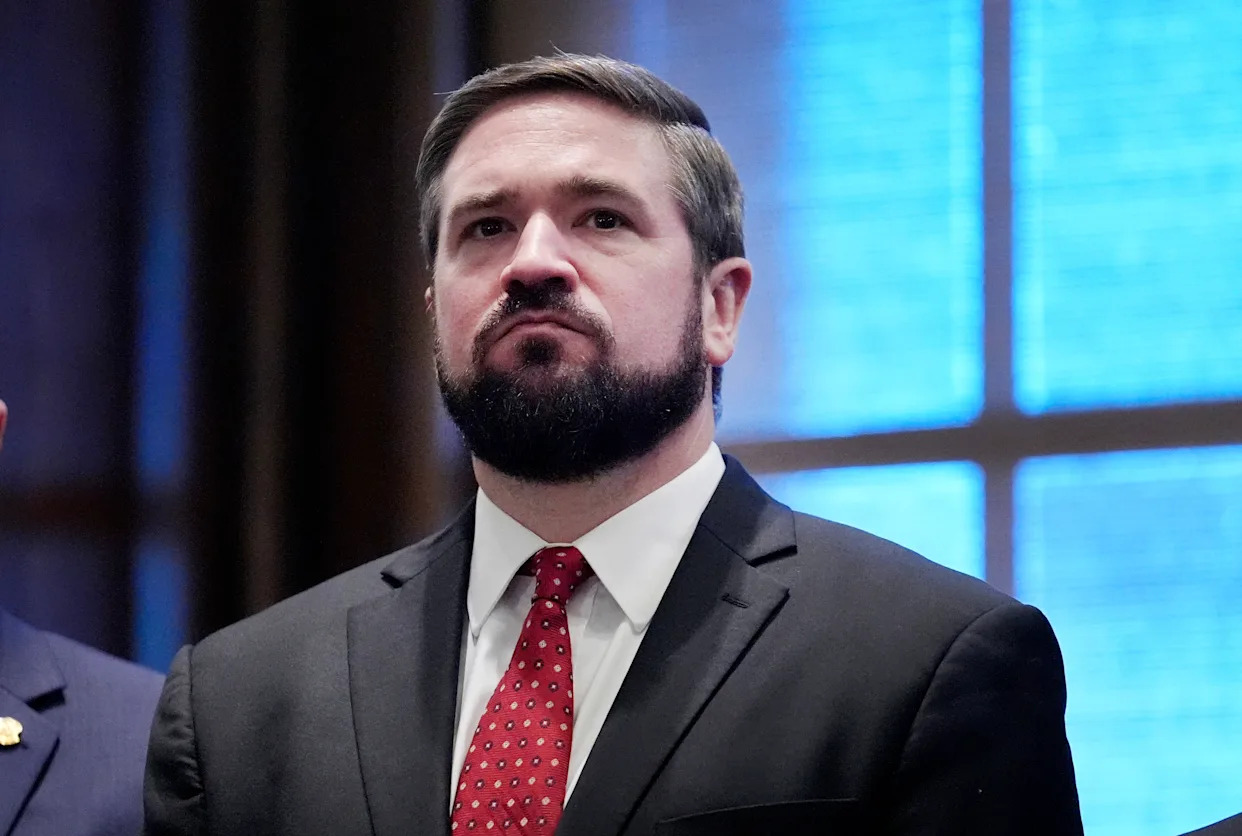
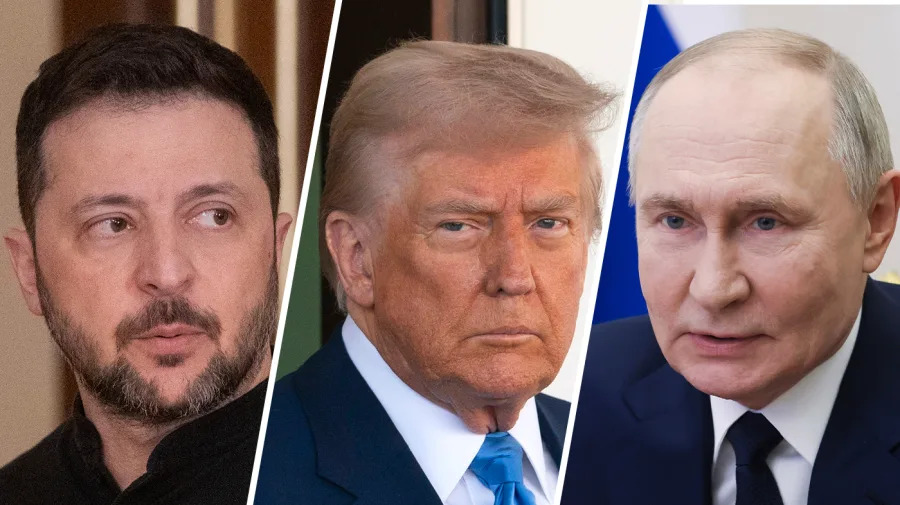
Comments